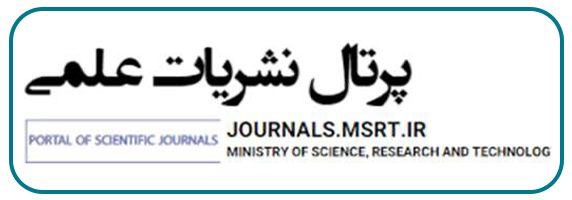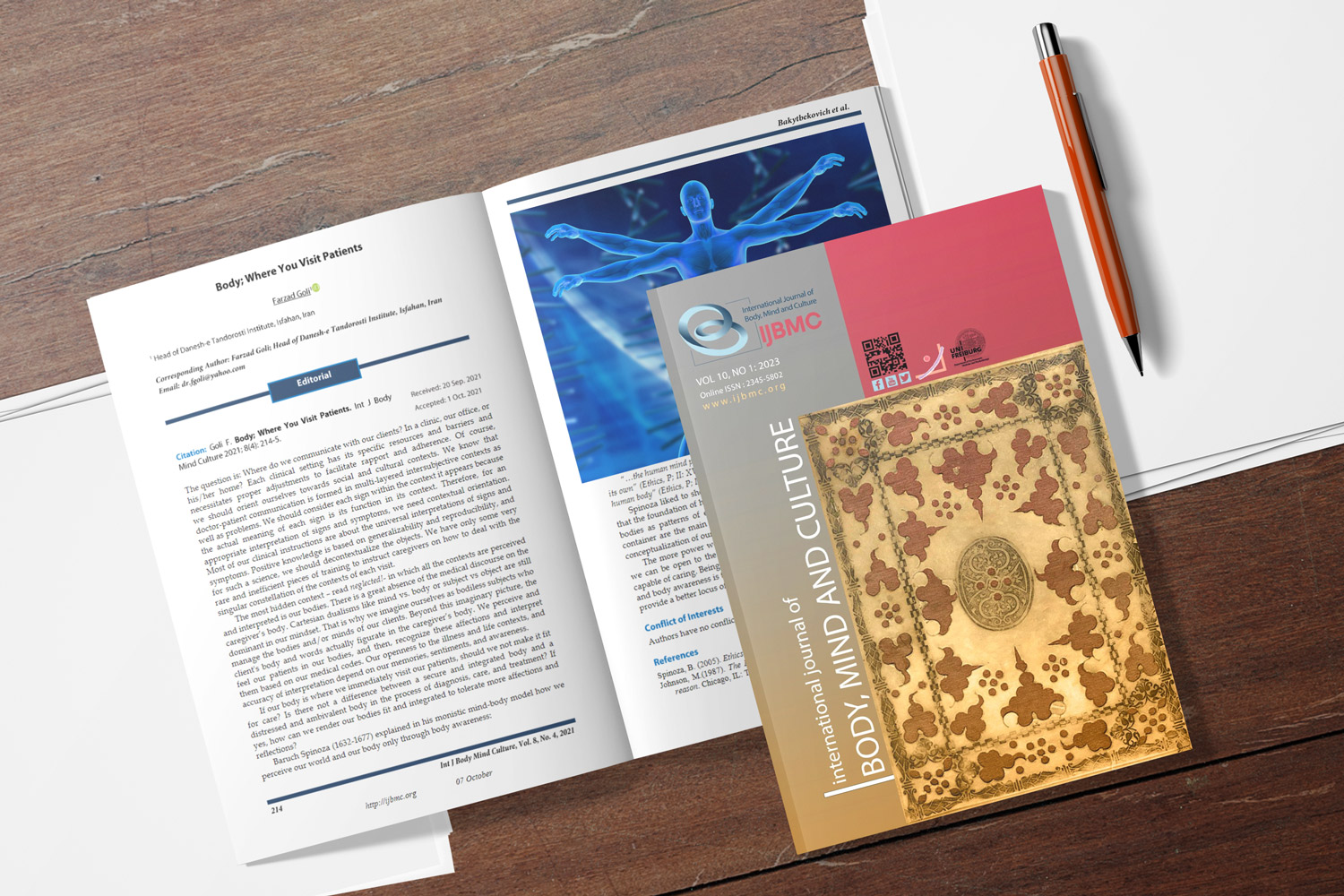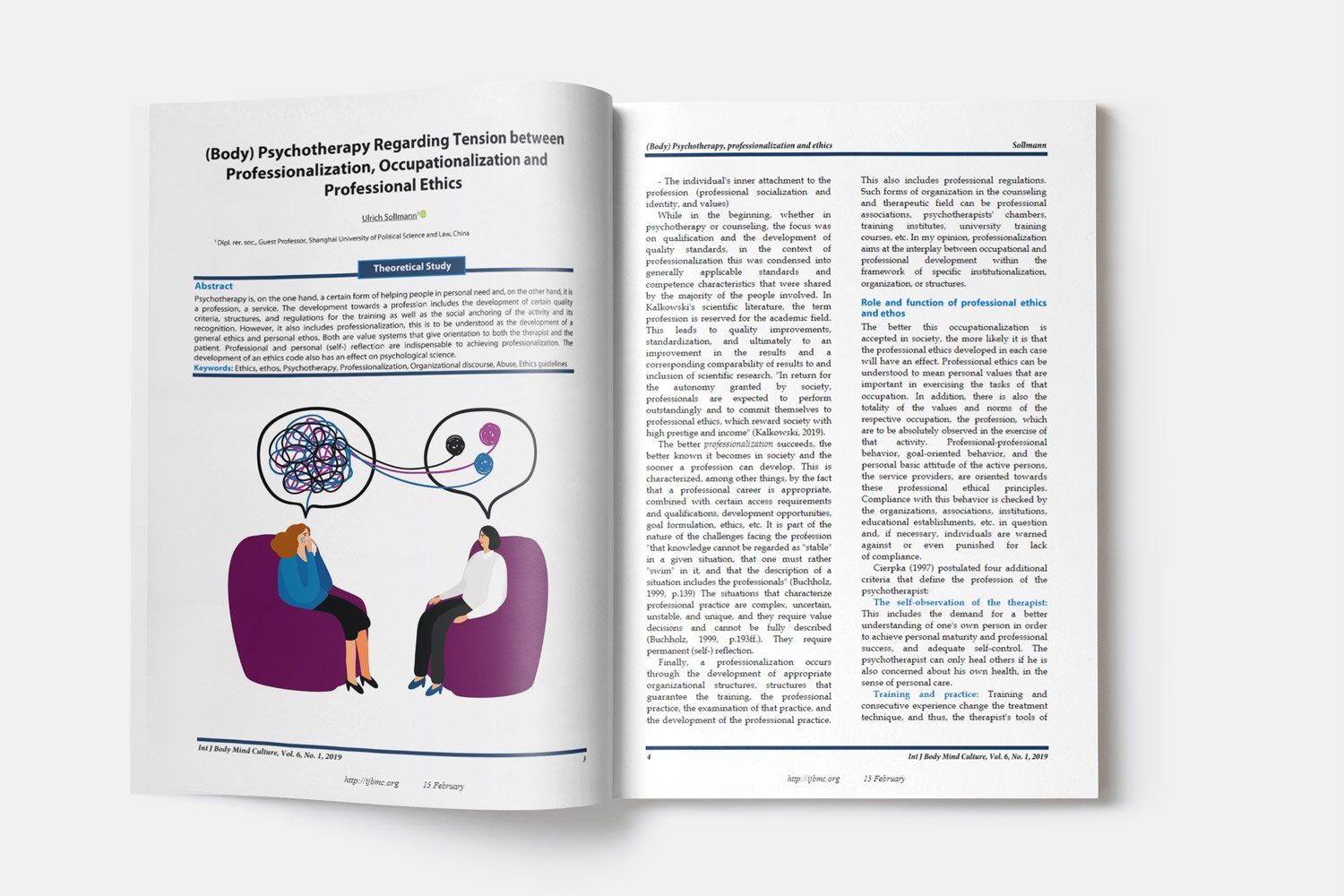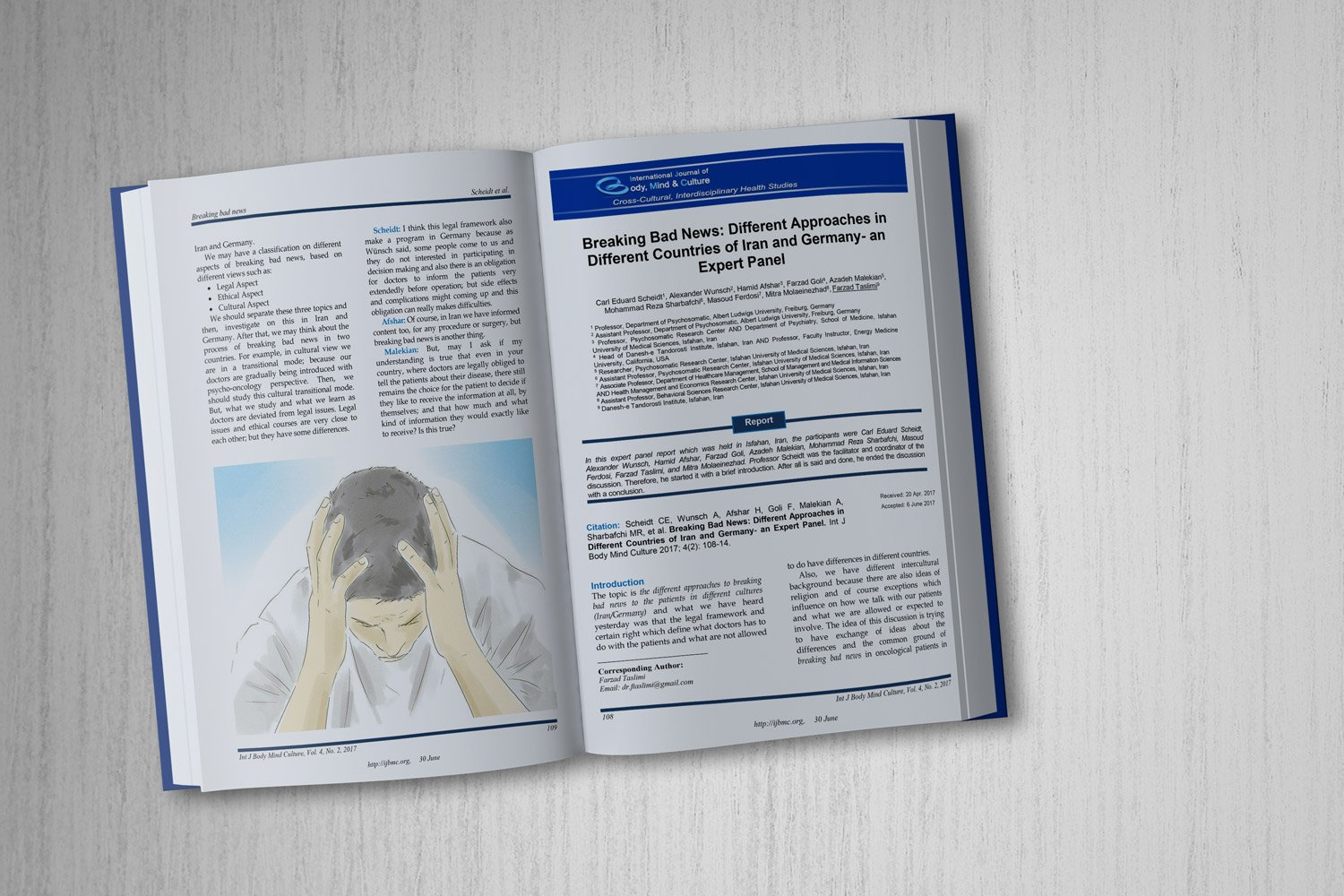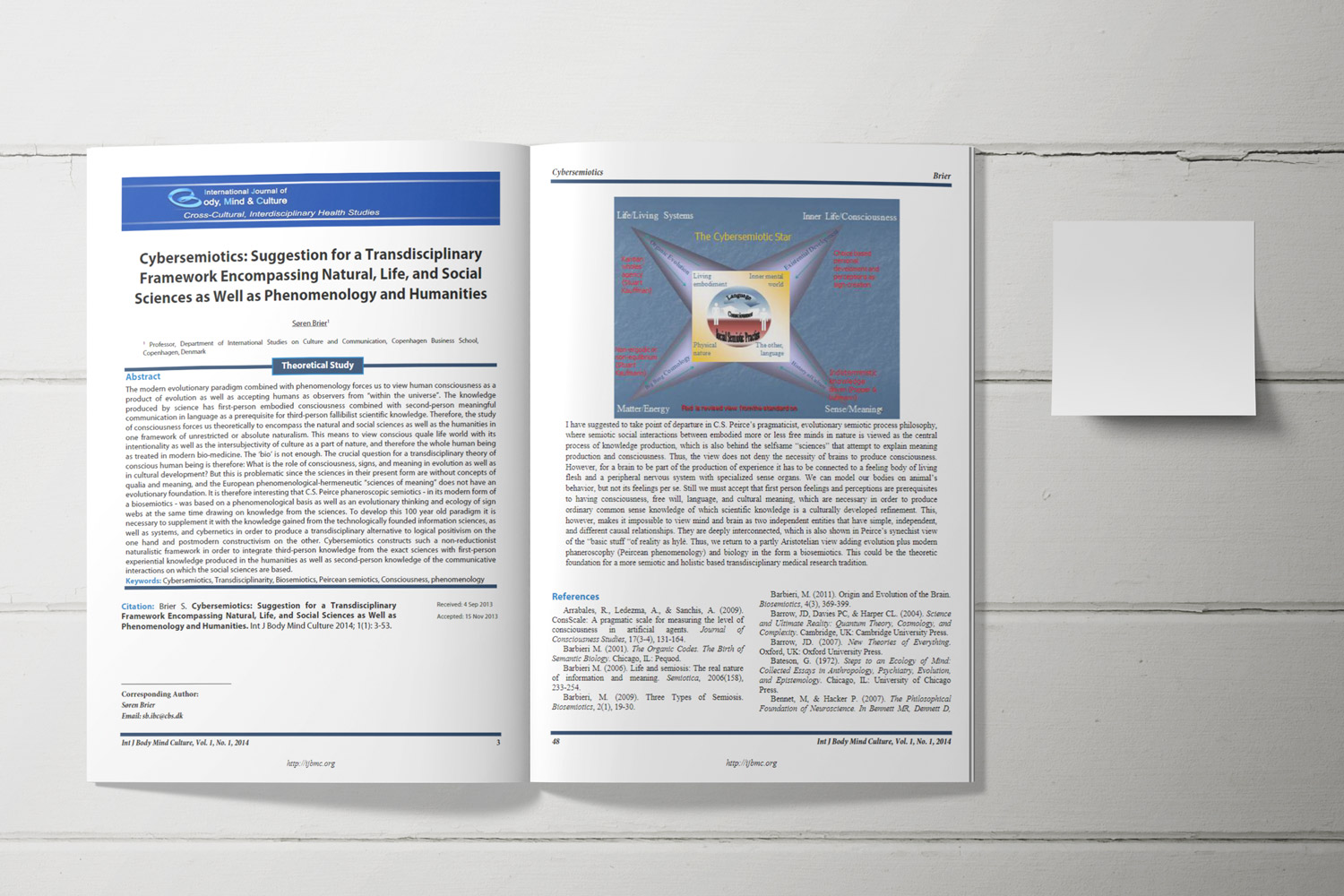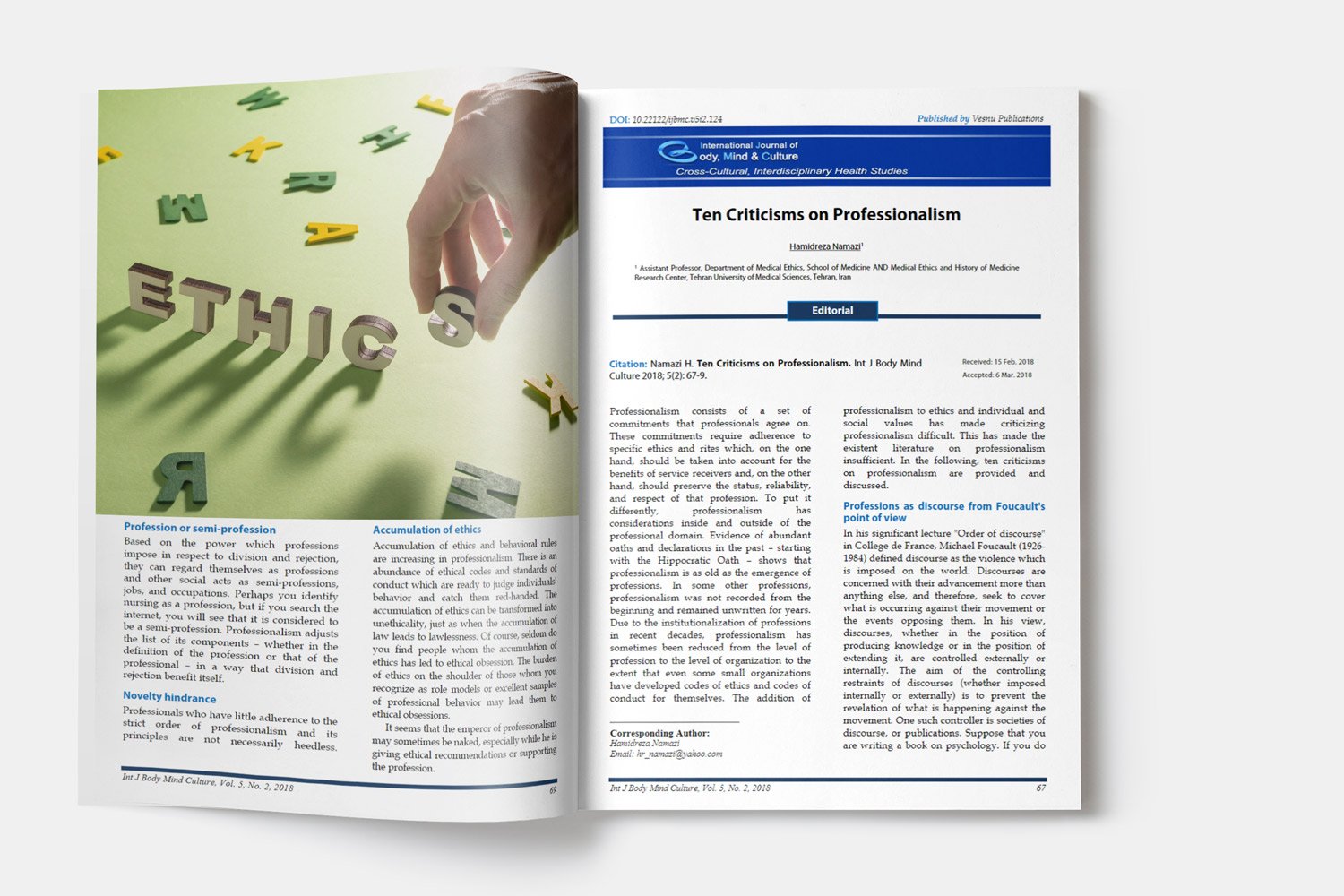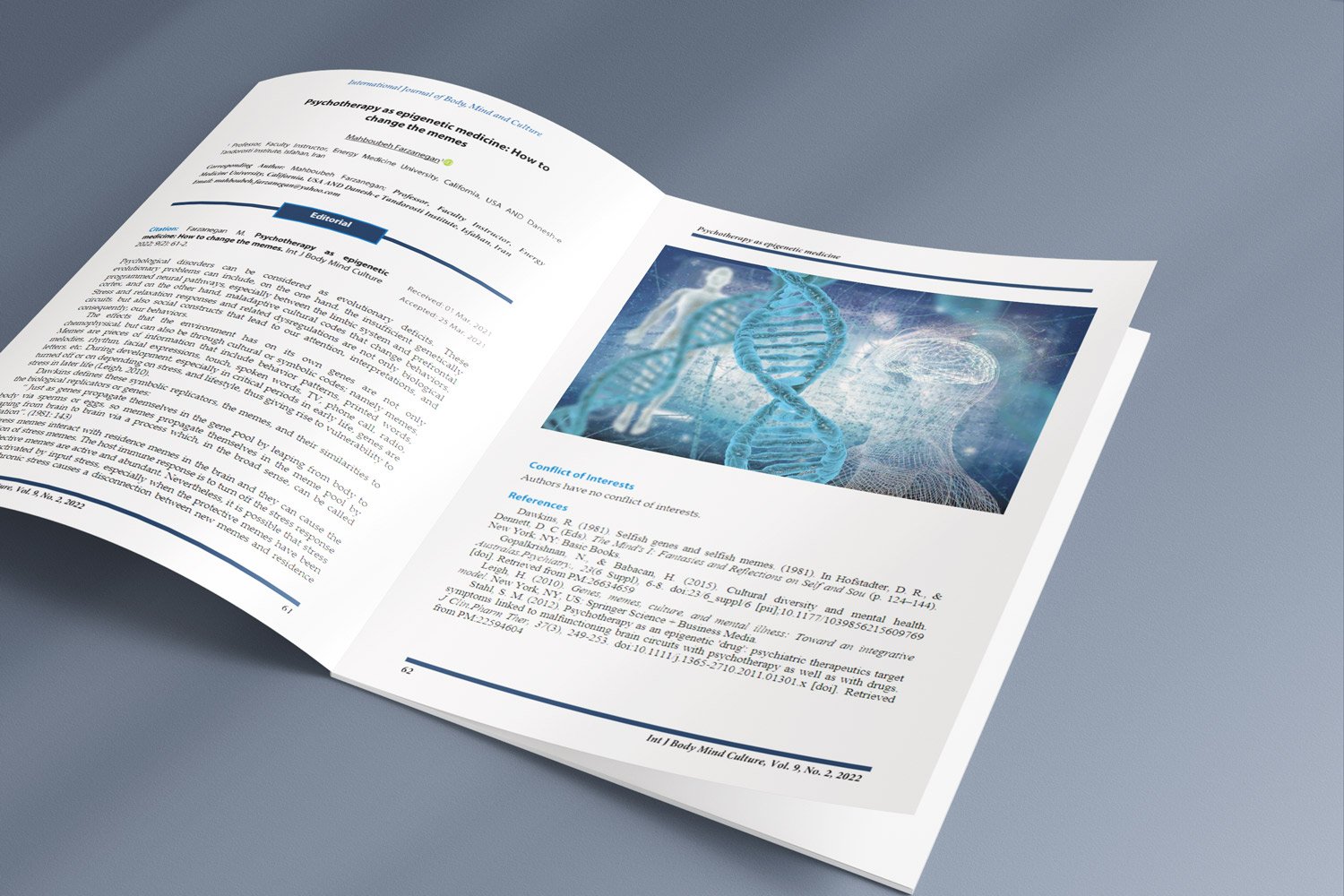Unveiling the Hidden Spectrum: A Study of Autism Prevalence and Challenges in Conflict-Affected Thi-Qar Governorate, Iraq
Downloads
Objective: This study aimed to assess the prevalence of Autism Spectrum Disorder (ASD) among children in Thi-Qar Governorate, Iraq, between 2015 and 2021.
Methods and Materials: Data were collected from the Autism Center's Statistical Unit, involving a non-probabilistic convenience sample of 1160 children. A descriptive and analytical research design was employed, and data analysis was performed using SPSS version 20.
Findings: Results indicated a significant rise in ASD cases, with the highest prevalence observed in children aged 7 to 9 years (39.05%, n=453). Male children were more affected, comprising 77.33% of the sample, while females accounted for 22.67% (P<0.05). Urban residency was linked to higher ASD prevalence, with 60.26% of cases reported in city areas. First-born children were most frequently diagnosed, representing 33.62% of the total sample. The study revealed a notable increase in ASD diagnoses between 2015 and 2019, followed by a decrease in 2020 and 2021, likely due to the COVID-19 pandemic. The enrollment at the center rose consistently (e.g., a 36.29% increase in 2019) but saw a decline of 1.034% in 2021.
Conclusion: It uniquely contributes to very limited data on ASD prevalence in areas where socio-economic challenge and conflict prevail. The results suggest that not only more awareness, early intervention, and a more even distribution of resources are needed in rural areas. This study fills gaps in current global ASD studies by providing specific regional insights of how local socio economic conditions and lack of healthcare infrastructure can influence ASD management and diagnosis. In this study, the modeling of rising ASD prevalence in conflict affected regions underscores the importance of targeted interventions and policy support.
Downloads
Al-Shimery, E. H., Hassan, M. J., & Al-Ghabban, M. H. (2011). Autism among children attending pediatric psychiatric department in child's central teaching hospital in Baghdad: a descriptive study. The Iraqi postgraduate medical journal, 10(4). https://www.iasj.net/iasj/download/62bc28e91696a687
American Psychiatric Association. (2022). Diagnostic and statistical manual of mental disorders: DSM-5-TR. American Psychiatric Association. https://doi.org/10.1176/appi.books.9780890425787
Asadalah Salmanpour, F., & Pasha, G. (2023). The effect of acceptance and acceptance therapy (ACT) on happiness, mental health and quality of life of mothers with autistic children. Psychology of Woman Journal, 4(1), 81-89. https://doi.org/10.61838/kman.pwj.4.1.9
Bhuiyan, M. R., Islam, M. Z., Rafi, A., Kawsar, A. A., & Akhtar, K. (2017). Socio-demographic characteristics and related factors affecting children with autism spectrum disorder. J Armed Forces Med Coll Bangladesh, 13, 56-61. https://doi.org/10.3329/jafmc.v13i1.41025
Dekkers, L. M., Groot, N. A., Díaz Mosquera, E. N., Andrade Zúñiga, I. P., & Delfos, M. F. (2015). Prevalence of autism spectrum disorders in Ecuador: A pilot study in Quito. Journal of Autism and Developmental Disorders, 45, 4165-4173. https://doi.org/10.1007/s10803-015-2559-6
Ebrahimi Meimand, S., Amiri, Z., Shobeiri, P., Malekpour, M. R., Saeedi Moghaddam, S., Ghanbari, A., Tehrani, Y. S., Shokri Varniab, Z., Pourabhari Langroudi, A., Sohrabi, H., & Foroutan Mehr, E. (2023). Burden of autism spectrum disorders in North Africa and Middle East from 1990 to 2019: A systematic analysis for the Global Burden of Disease Study 2019. Brain and Behavior. https://doi.org/10.1002/brb3.3067
Frazier, T. W., Youngstrom, E. A., Embacher, R., Hardan, A. Y., Constantino, J. N., Law, P., & Eng, C. (2014). Demographic and clinical correlates of autism symptom domains and autism spectrum diagnosis. Autism, 18(5), 571-582. https://doi.org/10.1177/1362361313481506
Loomes, R., Hull, L., & Mandy, W. P. L. (2017). What is the male-to-female ratio in autism spectrum disorder? A systematic review and meta-analysis. Journal of the American Academy of Child & Adolescent Psychiatry, 56(6), 466-474. https://doi.org/10.1016/j.jaac.2017.03.013
Memari, A. H., Panahi, N., Ranjbar, E., Moshayedi, P., Shafiei, M., Kordi, R., & Ziaee, V. (2015). Children with autism spectrum disorder and patterns of participation in daily physical and play activities. Neurology research international. https://doi.org/10.1155/2015/531906
Parsakia, K. (2023). The Impact of Emotional Maturity and Social Problem-Solving Abilities on Neurobehavioral Outcomes in Autistic Adolescents. Prien, 1(3), 35-41. https://doi.org/10.61838/kman.prien.1.3.6
Sabbagh, H. J., Al-Jabri, B. A., Alsulami, M. A., Hashem, L. A., Aljubour, A. A., & Alamoudi, R. A. (2021). Prevalence and characteristics of autistic children attending autism centres in 2 major cities in Saudi Arabia: A cross-sectional study. Saudi medical journal, 42(4), 419. https://doi.org/10.15537/smj.2021.42.4.20200630
Tamimi, Y., Soleymani Zadeh, N., Eftekhari, N., & Nemati, Z. (2023). Acceptance and commitment therapy on social adjustment and anxiety in mothers of children with autism. Middle Eastern Journal of Disability Studies, 10(1), 42. https://ijbmc.org/index.php/ijbmc/article/view/350
Ugur, C., Tonyali, A., Goker, Z., & Uneri, O. S. (2019). Birth order and reproductive stoppage in families of children with autism spectrum disorder. Psychiatry and Clinical Psychopharmacology, 29(4), 509-514. https://doi.org/10.1080/24750573.2018.1457489
Yousef, A. M., Roshdy, E. H., Abdel Fattah, N. R., Said, R. M., Atia, M. M., Hafez, E. M., & Mohamed, A. E. (2021). Prevalence and risk factors of autism spectrum disorders in preschool children in Sharkia, Egypt: a community-based study. Middle East Current Psychiatry, 28(1). https://doi.org/10.1186/s43045-021-00114-8
Zablotsky, B., Black, L. I., Maenner, M. J., Schieve, L. A., Danielson, M. L., Bitsko, R. H., Blumberg, S. J., Kogan, M. D., & Boyle, C. A. (2019). Prevalence and Trends of Developmental Disabilities among Children in the US: 2009-2017. Pediatrics, 144(4), e20190811. https://doi.org/10.1542/peds.2019-0811
Zekri, S. M., Yasagh, F., Jalalvand, A., Mokarram, M., & Eghbalpour, F. (2024). The Effectiveness of Integrative Approach Logo Therapy and Hope Therapy on Dysfunctional Metacognitive Beliefs of Mothers of Autistic Children: The effectiveness of integrated method on mothers of autistic children. International Journal of Body, Mind and Culture, 11(5), 687-701. https://doi.org/10.22122/ijbmc.v11i5.646
Copyright (c) 2025 International Journal of Body, Mind and Culture

This work is licensed under a Creative Commons Attribution-NonCommercial 4.0 International License.






